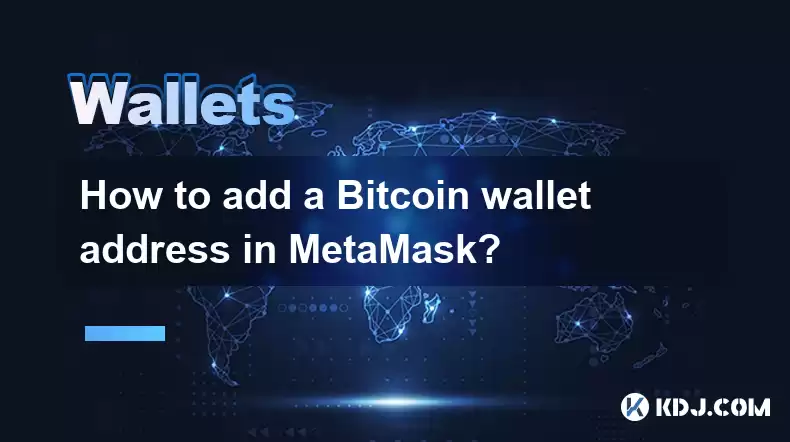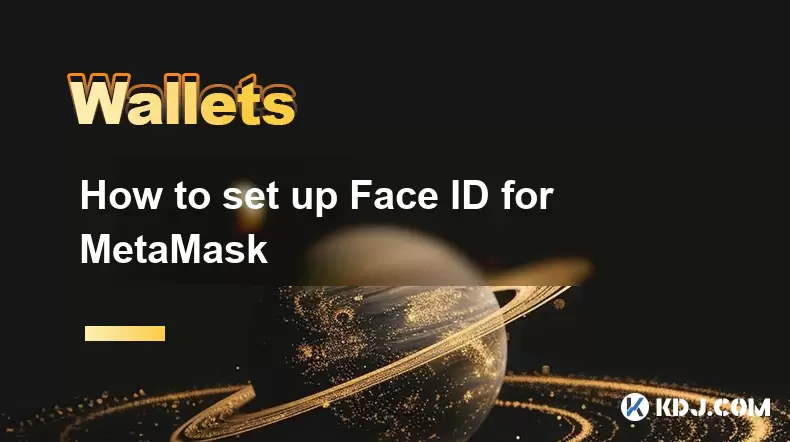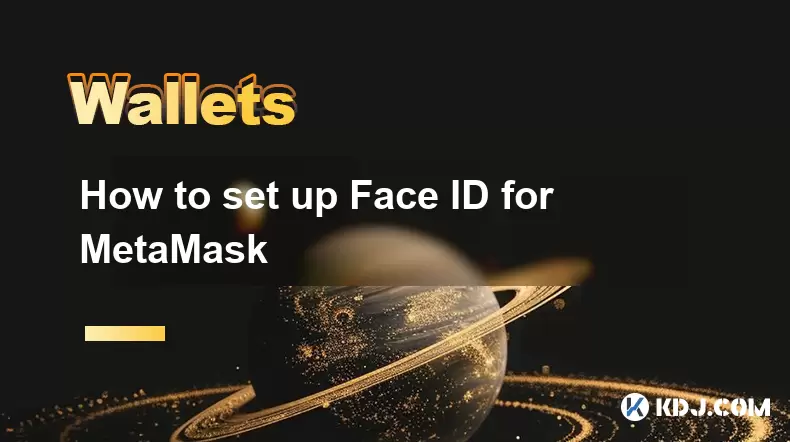-
 Bitcoin
Bitcoin $118600
-2.59% -
 Ethereum
Ethereum $4282
-0.42% -
 XRP
XRP $3.129
-4.21% -
 Tether USDt
Tether USDt $0.0000
0.01% -
 BNB
BNB $805.4
-1.80% -
 Solana
Solana $174.3
-5.77% -
 USDC
USDC $0.9998
-0.01% -
 Dogecoin
Dogecoin $0.2230
-6.33% -
 TRON
TRON $0.3466
1.70% -
 Cardano
Cardano $0.7745
-5.73% -
 Chainlink
Chainlink $21.37
-3.53% -
 Hyperliquid
Hyperliquid $42.93
-7.25% -
 Stellar
Stellar $0.4324
-4.94% -
 Sui
Sui $3.660
-7.17% -
 Bitcoin Cash
Bitcoin Cash $591.6
2.72% -
 Hedera
Hedera $0.2467
-7.04% -
 Ethena USDe
Ethena USDe $1.001
0.00% -
 Avalanche
Avalanche $22.92
-6.14% -
 Litecoin
Litecoin $118.8
-3.79% -
 Toncoin
Toncoin $3.378
-0.46% -
 UNUS SED LEO
UNUS SED LEO $9.011
-1.15% -
 Shiba Inu
Shiba Inu $0.00001294
-5.81% -
 Uniswap
Uniswap $11.24
0.53% -
 Polkadot
Polkadot $3.870
-6.16% -
 Cronos
Cronos $0.1662
-1.68% -
 Dai
Dai $1.000
0.02% -
 Ethena
Ethena $0.7915
-5.62% -
 Bitget Token
Bitget Token $4.414
-1.65% -
 Monero
Monero $259.3
-3.85% -
 Pepe
Pepe $0.00001120
-8.29%
How to add a Bitcoin wallet address in MetaMask?
MetaMask doesn't support Bitcoin directly; use bridges for wBTC, separate wallets for tracking, or DEXs for trading, always prioritizing security.
Mar 30, 2025 at 09:08 am

MetaMask, primarily known for its Ethereum support, doesn't directly manage Bitcoin. It's an Ethereum-focused wallet. Therefore, you can't add a Bitcoin wallet to MetaMask in the same way you add an Ethereum account. However, you can access your Bitcoin using MetaMask in conjunction with other services. This article will clarify how.
Understanding the Limitations
It's crucial to understand that MetaMask itself does not hold Bitcoin. It's designed for ERC-20 tokens and other assets on the Ethereum blockchain. Bitcoin operates on its own separate blockchain. To interact with Bitcoin through MetaMask, you'll need to utilize a bridge or a service that connects both blockchains. This is unlike adding an Ethereum address, which is a native function within the MetaMask interface.
Method 1: Using a Bitcoin Bridge
Several services act as bridges, allowing you to interact with Bitcoin through your MetaMask wallet. These bridges typically involve wrapping your Bitcoin into a token that can be used on the Ethereum network. This wrapped Bitcoin (often denoted as wBTC) can then be viewed and managed within your MetaMask.
- Choose a reputable bridge: Research and select a trusted bridge provider. Security is paramount when dealing with cryptocurrency.
- Send Bitcoin to the bridge: Follow the instructions on the bridge's platform to send your Bitcoin to their designated address.
- Receive wrapped Bitcoin (wBTC): Once the transaction is confirmed on the Bitcoin network, you'll receive an equivalent amount of wBTC in your MetaMask wallet. The bridge will automatically handle the conversion.
- Manage wBTC in MetaMask: You can now view, send, and receive wBTC within your MetaMask interface. Remember, this isn't actual Bitcoin, but a tokenized representation.
Method 2: Using a Third-Party Bitcoin Wallet
This method involves using a separate Bitcoin wallet and simply viewing the address within MetaMask. It doesn't allow direct interaction with Bitcoin through MetaMask but provides a convenient way to keep track of your addresses.
- Create a Bitcoin Wallet: If you don't already have one, create a Bitcoin wallet using a reputable provider like Electrum, BlueWallet, or others.
- Obtain your Bitcoin address: Your Bitcoin wallet will provide you with a unique address. This is where you'll receive and send Bitcoin.
- Manually add the address to MetaMask (Note): There's no direct integration. You can only copy and paste the address into a notepad or document associated with your MetaMask account for reference. MetaMask won't actively manage the Bitcoin held at this address.
Method 3: Using a Decentralized Exchange (DEX)
Some decentralized exchanges (DEXs) allow you to trade Bitcoin for other cryptocurrencies, including those compatible with MetaMask. This indirect method lets you utilize your MetaMask for interacting with the Bitcoin ecosystem through trading.
- Choose a DEX that supports Bitcoin: Research DEXs that offer Bitcoin trading pairs.
- Connect your MetaMask wallet: Connect your MetaMask wallet to the chosen DEX.
- Trade Bitcoin: Trade your Bitcoin for a token compatible with MetaMask, such as Wrapped Bitcoin (wBTC) or another ERC-20 token.
Security Considerations
Always prioritize security. Only use reputable bridges, wallets, and DEXs. Double-check addresses before sending any cryptocurrency. Never share your seed phrase or private keys with anyone. The security of your Bitcoin depends on the security of the chosen services and your adherence to best practices.
Frequently Asked Questions
Q: Can I directly receive Bitcoin in my MetaMask wallet?
A: No. MetaMask is not designed for Bitcoin. You need to use a bridge, a separate Bitcoin wallet, or a DEX to interact with Bitcoin indirectly.
Q: Is using a bridge safe?
A: Using a bridge involves inherent risks. Always thoroughly research the bridge's reputation and security measures before using it.
Q: What is wrapped Bitcoin (wBTC)?
A: wBTC is a tokenized representation of Bitcoin on the Ethereum blockchain. It allows you to use Bitcoin within the Ethereum ecosystem.
Q: What are the risks of using a third-party Bitcoin wallet?
A: The risks are primarily associated with the security of the third-party wallet itself. Choose a reputable provider with a strong security track record. The loss of your private keys would mean the loss of your Bitcoin.
Q: Are there any fees involved in using bridges or DEXs?
A: Yes, there are usually fees associated with using bridges and DEXs, including gas fees on the Ethereum network and transaction fees on the Bitcoin network.
Q: Can I send Bitcoin directly from my MetaMask wallet?
A: You cannot send Bitcoin directly from your MetaMask wallet. You can only send wBTC or other tokens you've acquired through bridges or DEXs. To send actual Bitcoin, you need to use your Bitcoin wallet.
Q: What happens if I lose access to my Bitcoin wallet?
A: If you lose access to your Bitcoin wallet and don't have a backup of your seed phrase, your Bitcoin is likely lost. Always back up your seed phrase securely and in multiple locations.
Q: Is it better to use a bridge or a separate Bitcoin wallet?
A: The best option depends on your needs and comfort level. Bridges offer convenience but introduce additional risk. Separate wallets provide greater security but require managing multiple applications.
Disclaimer:info@kdj.com
The information provided is not trading advice. kdj.com does not assume any responsibility for any investments made based on the information provided in this article. Cryptocurrencies are highly volatile and it is highly recommended that you invest with caution after thorough research!
If you believe that the content used on this website infringes your copyright, please contact us immediately (info@kdj.com) and we will delete it promptly.
- Dogecoin, Presale, Surge: Riding the Meme Coin Wave
- 2025-08-12 11:10:12
- Dogecoin, Tron, and the ROI Reality Check: What's a Crypto Investor to Do?
- 2025-08-12 11:15:12
- Ethereum Layer-2 Scaling Competition Heats Up as ETH Breaks $4K
- 2025-08-12 10:30:12
- China Regulation, Stablecoins, and BNB Presale: Navigating the Crypto Landscape
- 2025-08-12 11:30:12
- Meme Coins, Investment, and Token Burns: What's Hot in 2025?
- 2025-08-12 10:30:12
- China's National Security Alarm Bells Ring Over Worldcoin's Iris Scans
- 2025-08-12 11:35:12
Related knowledge

How to manage your portfolio in Exodus wallet
Aug 08,2025 at 10:07pm
Understanding the Exodus Wallet InterfaceThe Exodus wallet is a non-custodial cryptocurrency wallet that supports a wide range of digital assets. When...

How to reset your MetaMask password
Aug 08,2025 at 01:28pm
Understanding the MetaMask Password Reset ProcessMany users confuse the MetaMask password with the seed phrase or private key, but they serve differen...

How to buy Dogecoin on MetaMask
Aug 08,2025 at 03:42am
Understanding Dogecoin and MetaMask CompatibilityDogecoin (DOGE) is a popular meme-based cryptocurrency that operates on its own blockchain, originall...

How to switch between networks in Trust Wallet
Aug 09,2025 at 11:07am
Understanding Network Switching in Trust WalletSwitching between networks in Trust Wallet allows users to manage assets across different blockchains, ...

How to set up Face ID for MetaMask
Aug 12,2025 at 02:42am
Understanding Face ID and Its Role in MetaMask SecurityMetaMask is a widely used cryptocurrency wallet that allows users to interact with the Ethereum...

How to set up Face ID for MetaMask
Aug 11,2025 at 09:28am
Understanding Face ID and Its Role in MetaMask SecurityFace ID is a biometric authentication system developed by Apple that uses facial recognition to...

How to manage your portfolio in Exodus wallet
Aug 08,2025 at 10:07pm
Understanding the Exodus Wallet InterfaceThe Exodus wallet is a non-custodial cryptocurrency wallet that supports a wide range of digital assets. When...

How to reset your MetaMask password
Aug 08,2025 at 01:28pm
Understanding the MetaMask Password Reset ProcessMany users confuse the MetaMask password with the seed phrase or private key, but they serve differen...

How to buy Dogecoin on MetaMask
Aug 08,2025 at 03:42am
Understanding Dogecoin and MetaMask CompatibilityDogecoin (DOGE) is a popular meme-based cryptocurrency that operates on its own blockchain, originall...

How to switch between networks in Trust Wallet
Aug 09,2025 at 11:07am
Understanding Network Switching in Trust WalletSwitching between networks in Trust Wallet allows users to manage assets across different blockchains, ...

How to set up Face ID for MetaMask
Aug 12,2025 at 02:42am
Understanding Face ID and Its Role in MetaMask SecurityMetaMask is a widely used cryptocurrency wallet that allows users to interact with the Ethereum...

How to set up Face ID for MetaMask
Aug 11,2025 at 09:28am
Understanding Face ID and Its Role in MetaMask SecurityFace ID is a biometric authentication system developed by Apple that uses facial recognition to...
See all articles

























































































